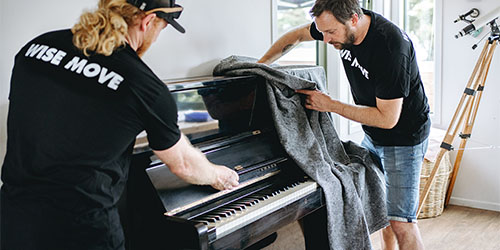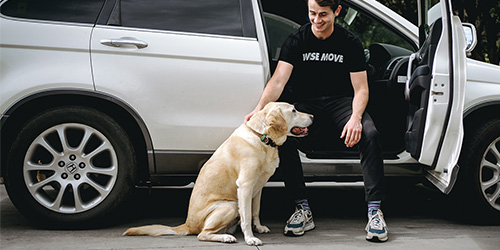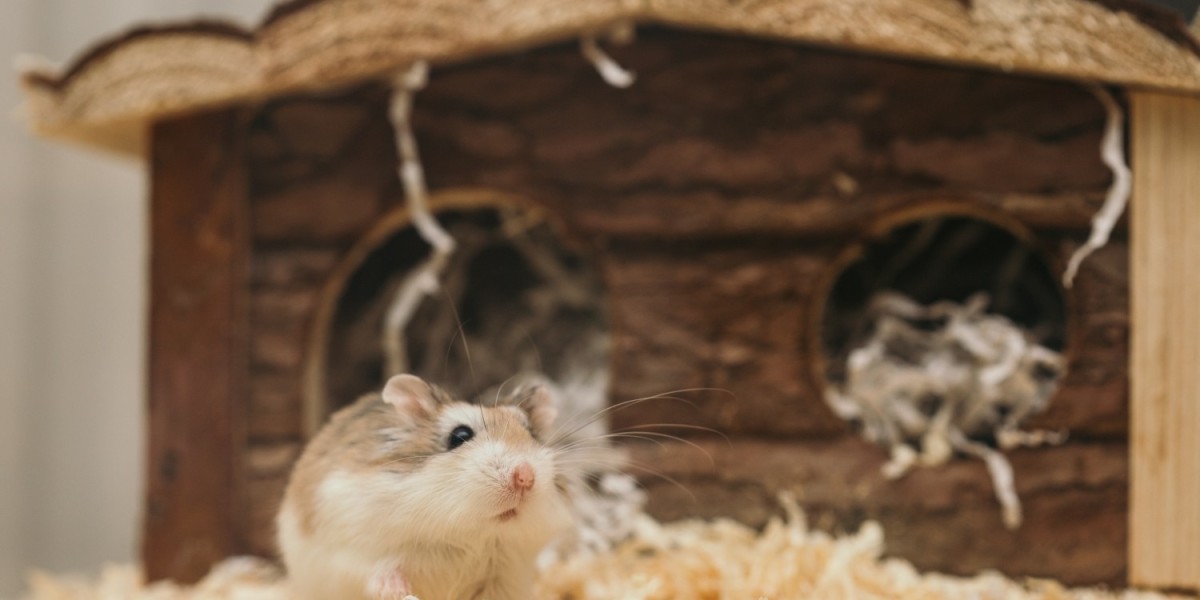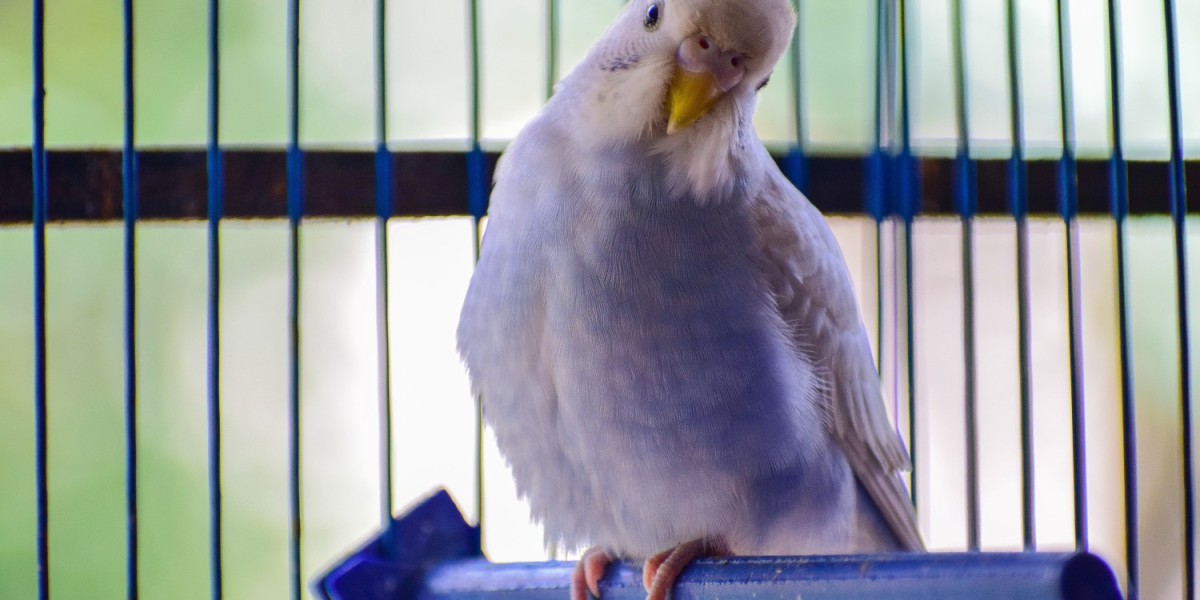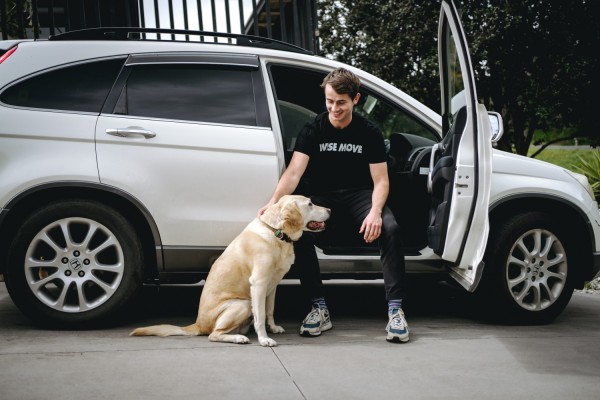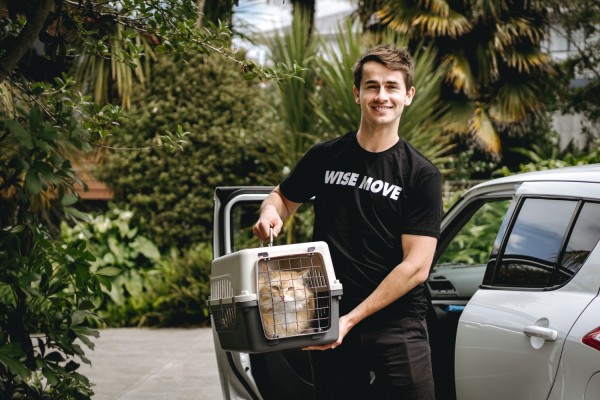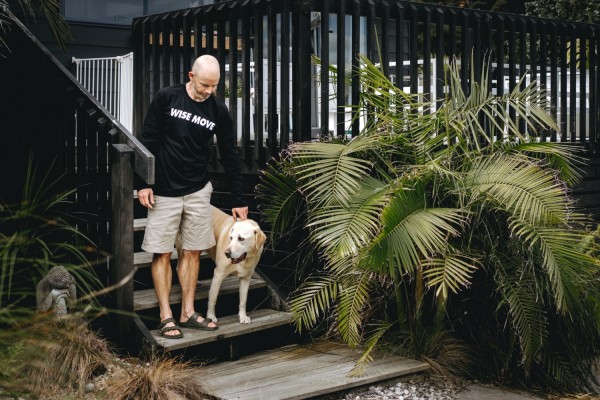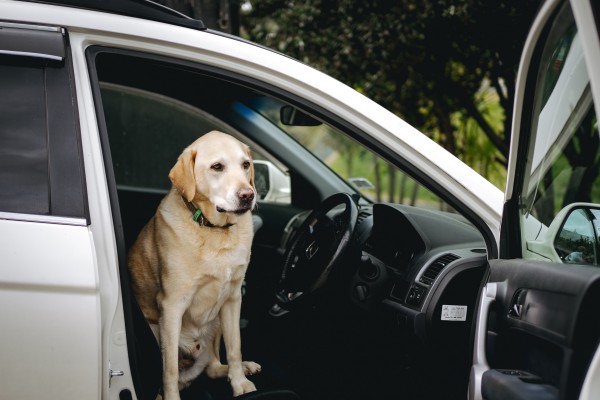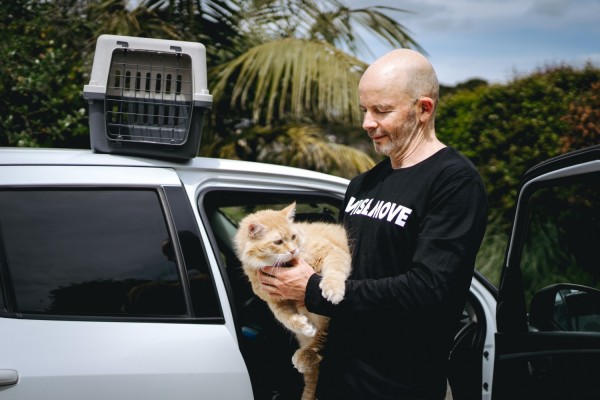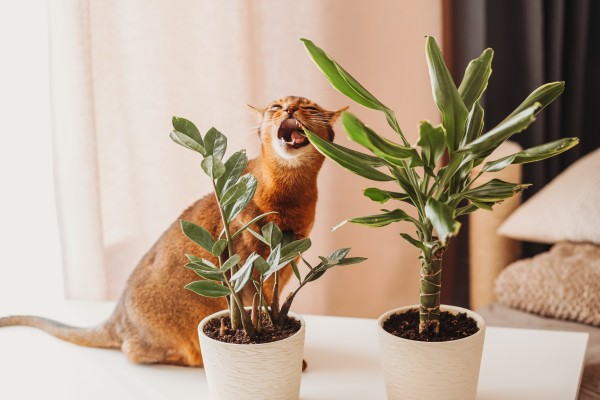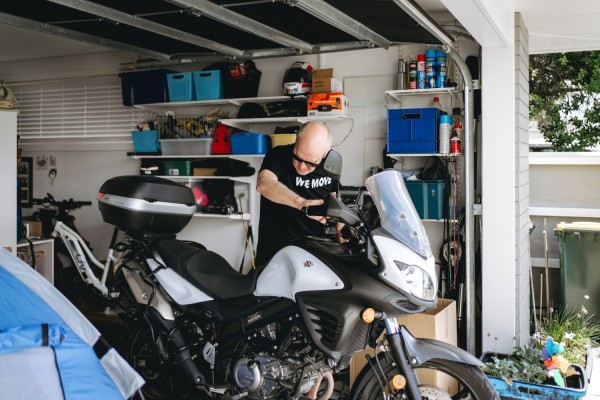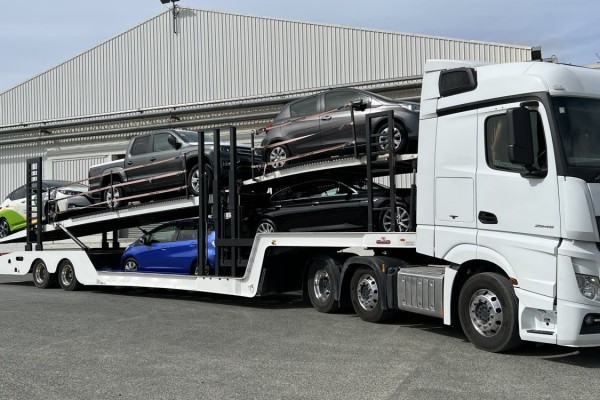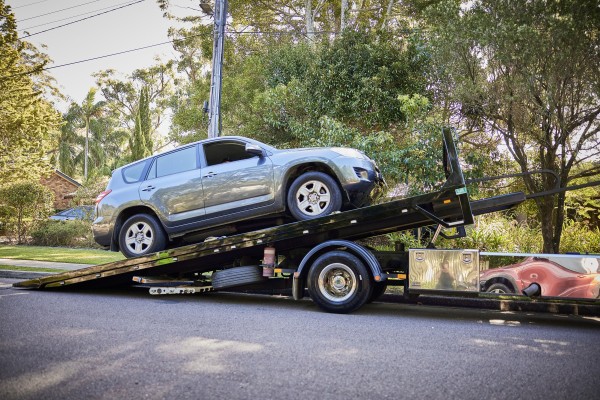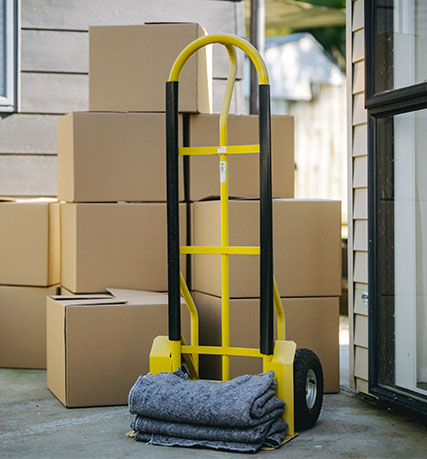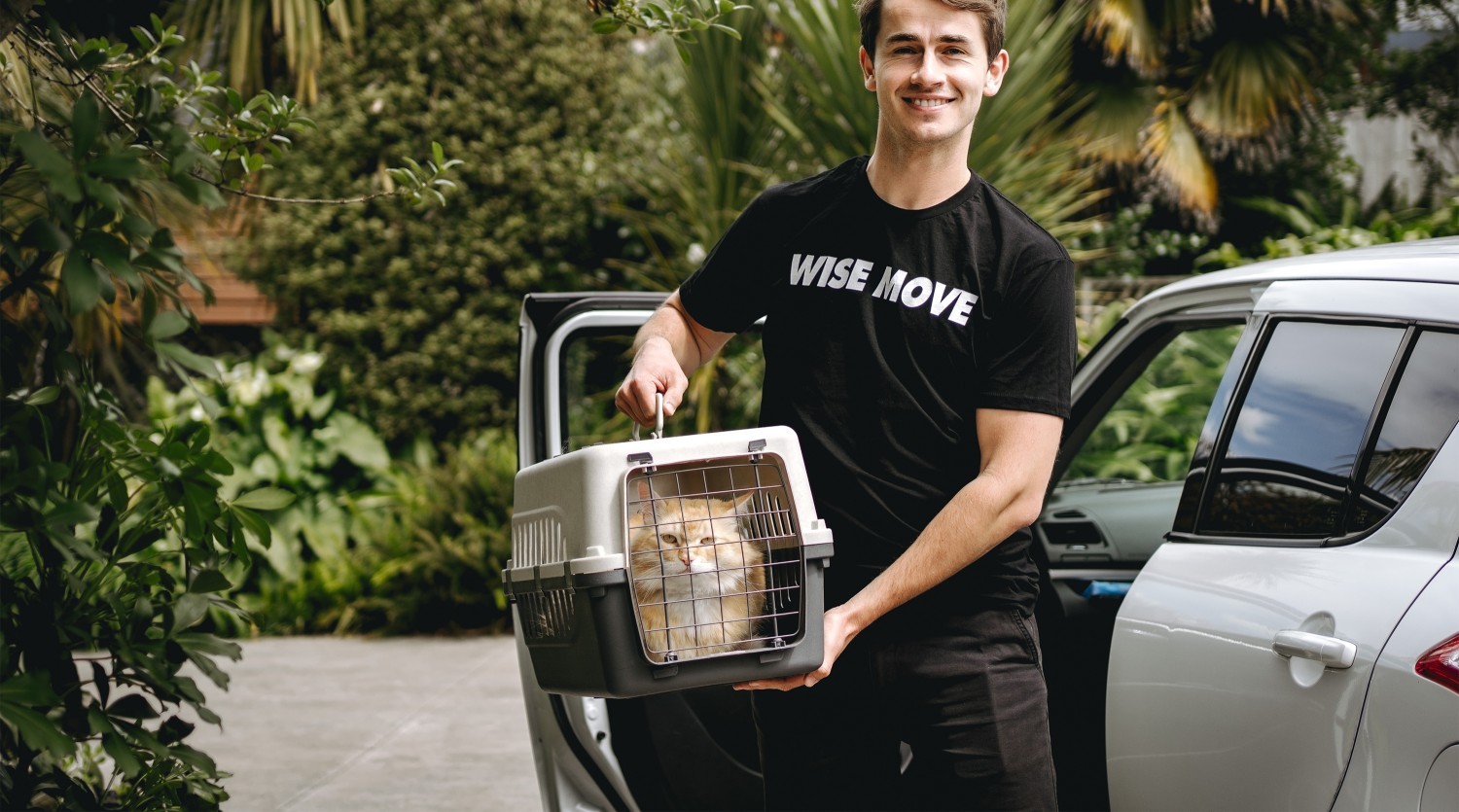
LEAD-FORM title="Pet transportation" title-link="/pet-transportation" form-link="pet" description="During the transport our teams will ensure full care, well-being and friendliness as if they are our own." blocks="address_delivery"]
At Wise Move, we love helping you move your entire family, including your pets. While professional movers are trained to handle a moving day that includes pets, there are multiple ways you can help minimize your pet’s stress during the move. We’ve compiled some information that will help make sure your pet is transported safely. Regardless of if you are moving with dogs, cats, fish, birds, or other small animals, we have tips that can help!
Relocating with Dogs
Let’s face it, dogs can be territorial and this can cause anxiety with new people or too much commotion around. The best way to be proactive with this is to have dog treats ready when the movers arrive. Have each mover give the dog a treat accompanied by a friendly hello.
Keep in mind that when transporting your dog the safest place is in a crate. If you are travelling by commercial means such as a ship or aeroplane a crate will be required. However, if you’re travelling by car and a crate won’t fit, ensure that your dog has enough room to move without interfering with you while driving.
Once you’ve arrived at your new home introduce your dog to the surroundings slowly. Be sure to keep the dog leashed at all times outside until he or she is comfortable with the new area. Most importantly update your dog’s microchip or at least be sure to keep an up-to-date ID tag attached to the collar.
Relocating with Cats
Cats can also be territorial, but they tend to be less welcoming to strangers in their homes. You can try the treat method with the movers with your cat as well, however, if your cat doesn’t’ eat treats this won’t work. So, to prevent your cat from running away while the movers are carrying furniture outside it may be a good idea to place him, or her in a bathroom or other designated area with the door closed.
To make the move easier it’s a great idea to surround your kitty with familiar objects both before and after your move. These items can include food dishes, a blanket, a bed, or toys. Much like dogs, cats are always safest in a crate. Before you move place the crate in an accessible area so the cat can become familiar with it.
Your cat should be safely in his or her crate for the duration of the trip to the new home. The crate will allow your cat some personal space thus making him or her more relaxed and comfortable. Keep in mind that cats are sensitive to a new environment, so introduce them slowly by allowing access to one or two rooms at a time.
Relocating with Smaller Pets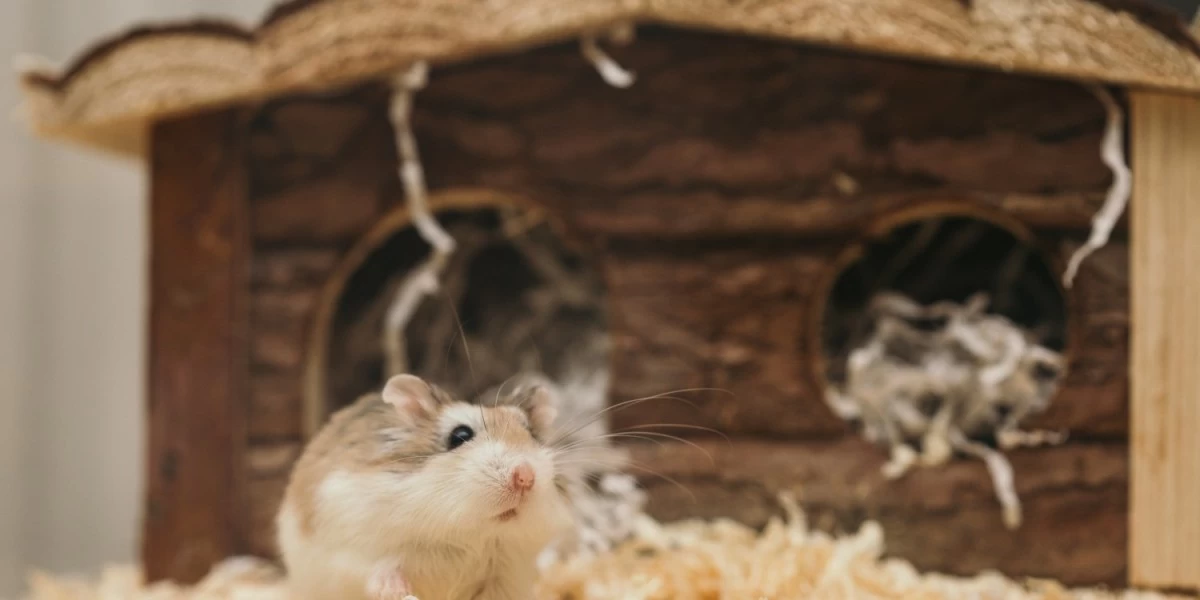
Not all families have dogs and cats, some have gerbils, hamsters, guinea pigs, and other small animals. The most important thing to keep in mind when transporting these types of animals is that they are sensitive to drastic changes in temperature. Be sure to place them in a spot that is protected from direct sunlight and cold drafts. The safest way to transport these animals is in their cage. Just be sure it’s well sealed, so they cannot escape.
Relocating with Birds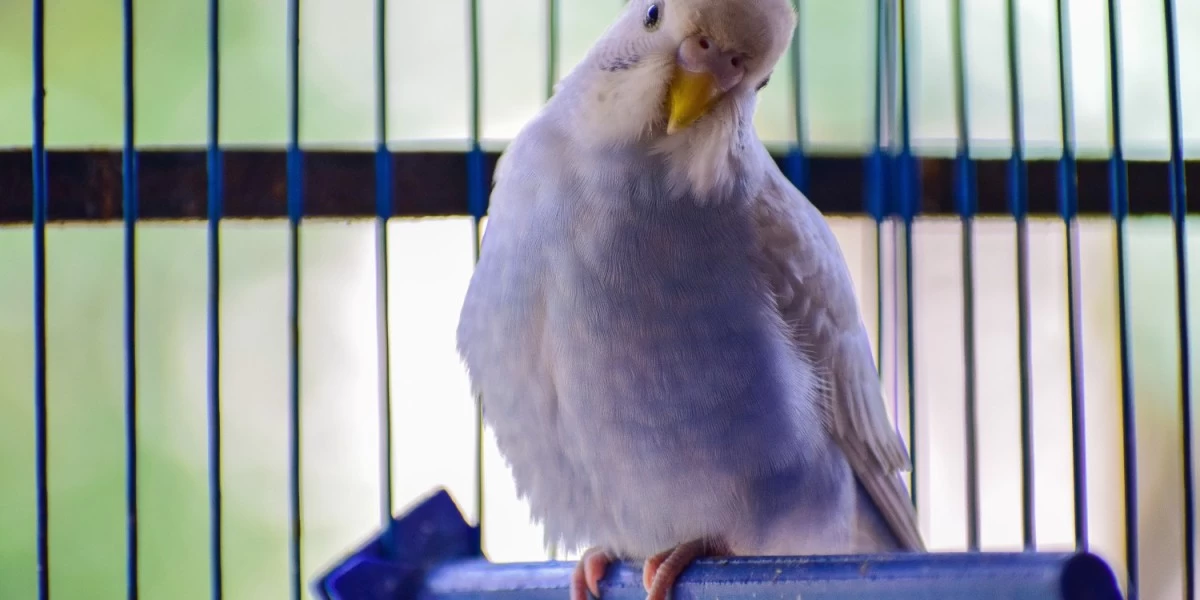
Birds can be a bit trickier to relocate. The best thing is to use an appropriately sized carrier and cover the bottom of it with litter or paper. To ensure the bird won’t fly away, secure the door with a clip on the outside. The bird needs to be transported in a spot that’s cool and protected from direct sunlight. It’s okay to include a small amount of food in the carrier with the bird, water can also be supplied if it’s in a non-spill container.
Relocating with Fish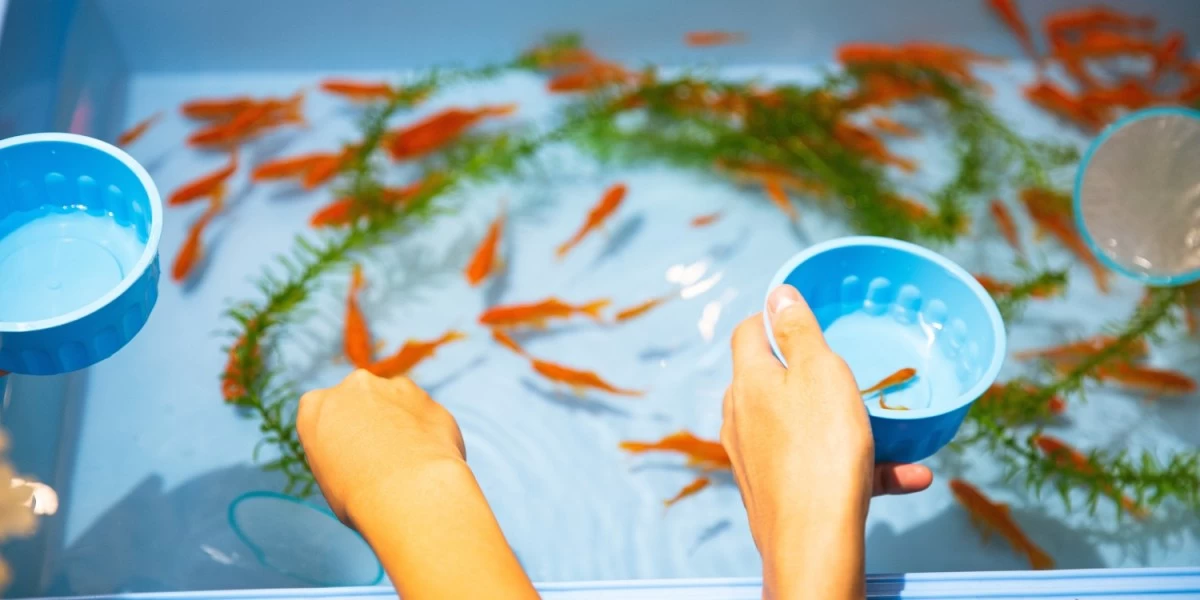
The transportation process for fish is difficult since fish are very sensitive. The best way to move them is by placing the fish in plastic bags containing a mix of their current aquarium water and new water. The fewer fish you put in each bag, the better. Secure the tops of the bags with rubber bands and place them inside an insulated, dark cooler. [
After arriving at your new home allow the filter to run a few hours before placing fish in the tank. Try to limit the travel time to 48 hours if possible.
In conclusion, even though you’re moving it’s not necessary to leave any pets behind. No matter what type of animal you have, there’s a way to transport them even if you’re moving to a new state. The tips above should help, but you can also ask your professional pet courier for further advice. In some cases, they may even offer supplies to make transporting your pet easier.
What do our customers say?


Wherever you are
Moving services across New Zealand. All Covered. No Hassle.
- Auckland
- North Shore
- Wellington
- Christchurch
- Hamilton
- Tauranga
- Palmerston North
- Nelson
- Whangarei
- New Plymouth
- Queenstown
- Dunedin
- Invercargill
- Rotorua
- Napier-Hastings
- Kapiti
- Whanganui
- Gisborne
- Blenheim
- Pukekohe
- Timaru
- Taupō
- Masterton
- Levin
- Ashburton
- Whakatāne
- Rangiora
- Feilding
- Rolleston
- Tokoroa
- Oamaru
- Hāwera
- Gore
- Waiuku
- Waiheke Island
- Greymouth
- Wanaka
- Motueka
- Te Puke
- Huntly
- Matamata
- Morrinsville
- Kerikeri
- Thames
- Kawerau
- Waitara
- Ōtaki
- Lincoln
- Kaitaia
- Stratford
- Alexandra
- Dannevirke
- Carterton
- Dargaville
- Cromwell
- Waihi
- Whitianga
- Snells Beach
- Marton
- Warkworth
- Foxton
- Taumarunui
- Katikati
For every (wise)move



